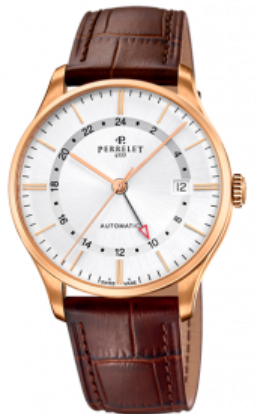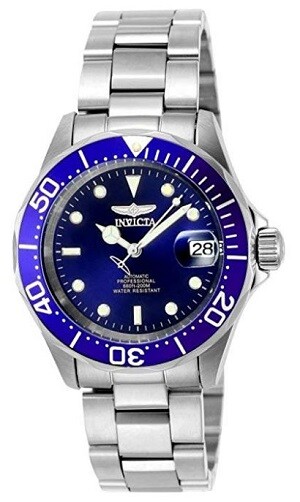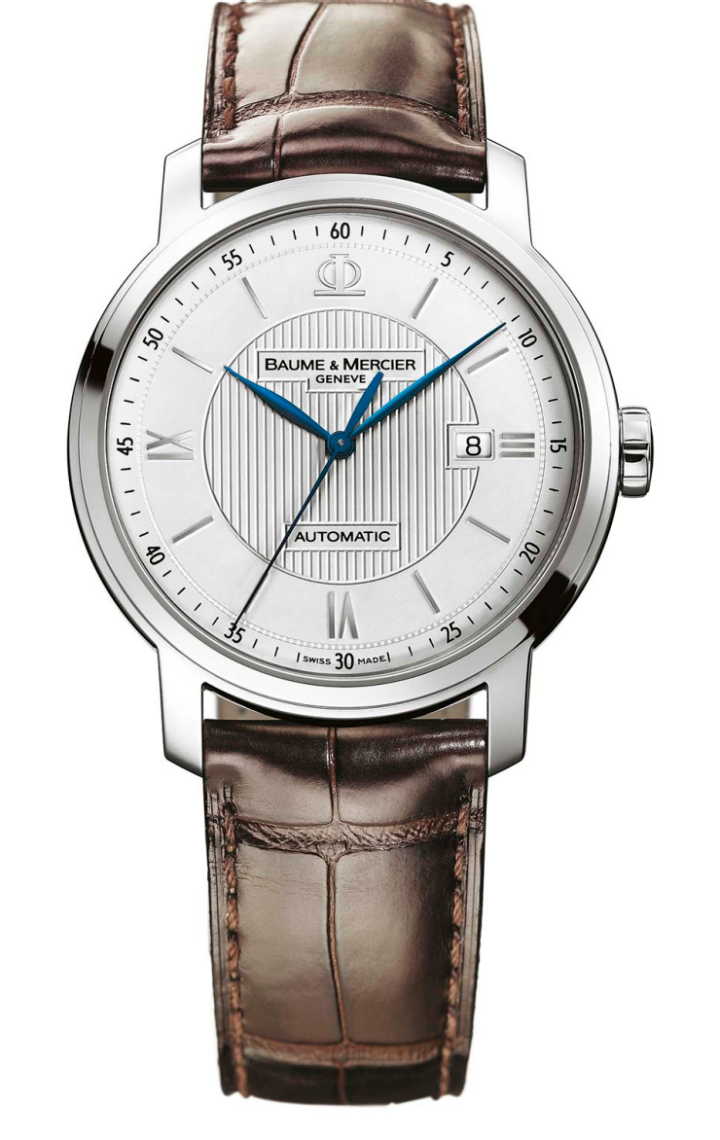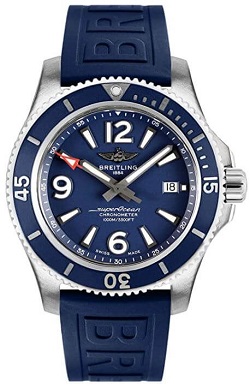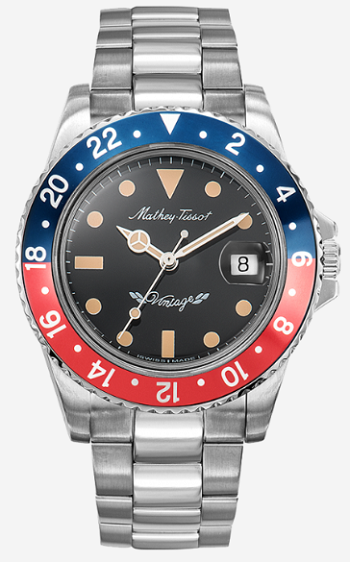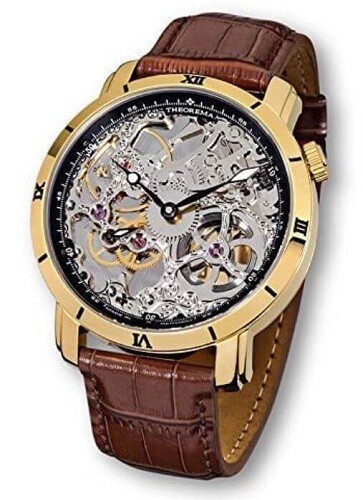Last Updated on December 26, 2023 by swisswatchreview
An automatic (also known as a self winding) watch is a fully mechanical beast, crafted and perfected over the centuries by generations of master watch makers. In an automatic watch, the mainspring is wound automatically as a result of natural motion of the wearer’s arm. This is a technique which took quite some time to perfect.
Earlier watches were quite heavy and cumbersome, and wearing them was a job reserved mainly for rich aristocrats and merchants who weren’t normally engaged in heavy physical labor. Imagine trying to thresh hay or sow seeds with a heavy self winding watch weighing your arm down!
Over the years, the self winding faculty of Swiss automatic watches was perfected. The later models allowed the energy produced by the wearer’s motion to run the watch. This new innovation made manual winding completely unnecessary. The new breed of fully mechanized watches took the watch making industry by storm, and there were severe consequences for artisans who persisted in manufacturing the older, manual, watches.
It took until the beginning of the 19th century for the new mechanical watches to finally gain the upper hand. Today, most of the mechanical watches which are sold on the modern international market place are fully self winding. Very few, if any, of the old manual style watches are manufactured, except as pricey novelty items.
The action of a fully mechanical watch is powered by an internal spiral spring. It is this main spring which turns the gears. naturally, once the gears begin to turn, the hands of your mechanical watch are able to move. However, this main spring is prone to lose energy as time progresses and the watch winds down.
Keeping the hands of your mechanical watch moving requires a bit of oversight. However, the whole point of owning a mechanical rather than manual watch is that this oversight only needs to occur every couple of days (48 hours or so), rather than several times a day.
The spring of your mechanical watch should be wound periodically. This can be achieved by simply turning the small knob which is on the crown of the watch. This will provide your mechanical watch with the impetus it needs to keep it moving. If this action is not performed every few days, the watch will simply run out of its store of energy, and will stop.
Swiss automatic watches are called by that name for a reason. The lore of watch making confirms that the Swiss master watch maker Abraham Louis Perrelet was the first to invent a self winding pocket watch in the 1770’s. His primitive, but very significant, design was the very first watch that could be called fully mechanical.
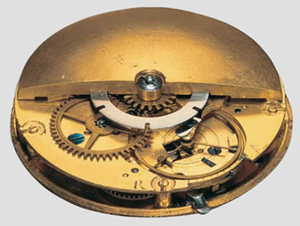
The watch invented by Perrelet worked on much the same principles as the modern pedometer. It wound itself up and stored this energy for a period of eight days. This was achieved by walking about with the watch on one’s arm for a period of 15 minutes per day. Perrelet placed an oscillating weight inside the watch itself, which resembled the pendulum of an old fashioned Grandfather clock. It was this weight which provided the action. This action then produced the energy that powered the watch.
Although the 21st century has ushered in the age of the fully digital watch, there are many people all over the world who still prefer to make use of the old fashioned automatic (mechanical) watch. For many, it’s an aesthetic choice. Pulling out an old fashioned time piece makes for an excellent eye catcher and conversation starter.
These old automatic watches also make for excellent investments. They regularly fetch impressive sums on the antiques market, and are prominently featured on television shows such as “Antiques Roadshow” and others. So even if digital watches, Androids, and Smart Phones represent the present tense of practical time keeping, there is still a market for old fashioned Swiss automatic watches.

